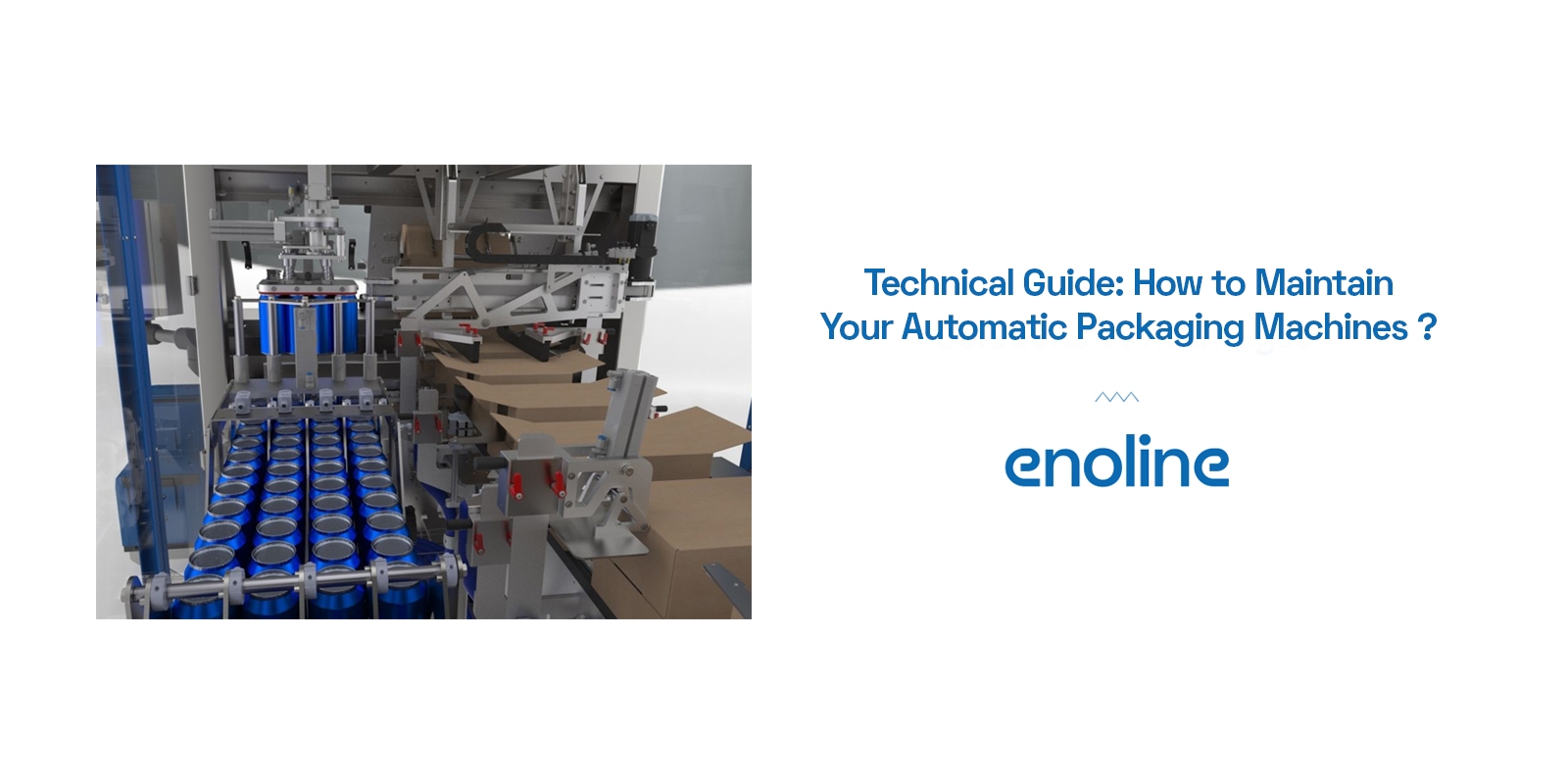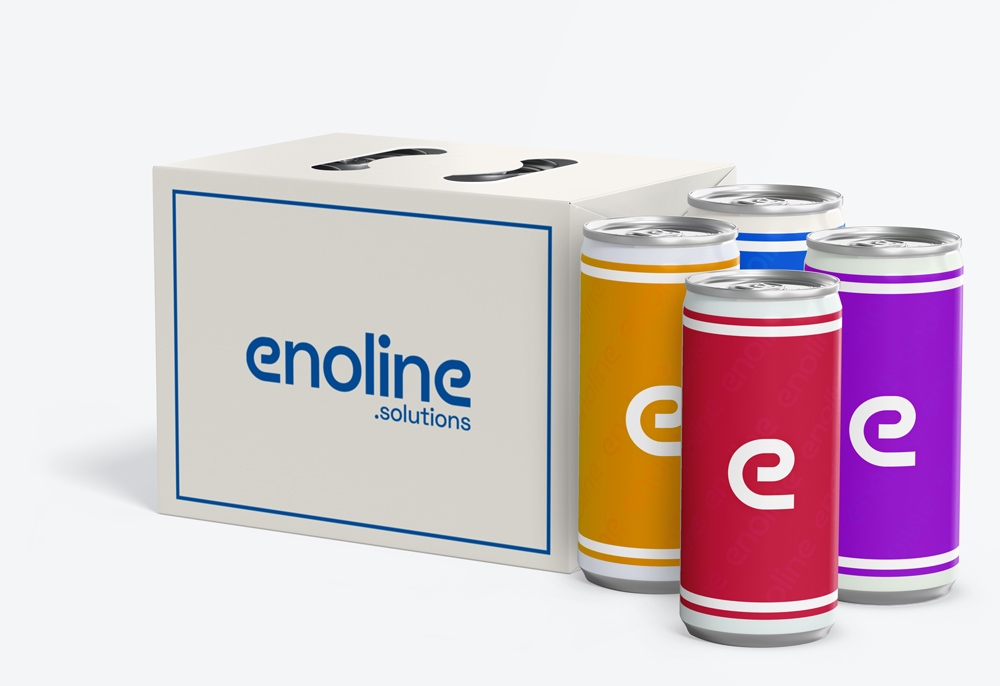November 13th
Technical guide: how to maintain your automatic packaging machines ?

Automatic packaging machines play a critical role in production efficiency. They enable manufacturers to package products quickly and consistently, reducing labor costs and improving throughput. However, maintaining these machines is essential to prolong their lifespan and ensure consistent performance. In this technical guide, we will discuss the best practices for maintaining automatic packaging machines to help you avoid costly breakdowns and maximize their productivity.
Regular Cleaning and Lubrication
One of the most important maintenance tasks for automatic packaging machines is regular cleaning. Machines exposed to food particles, dust, or other debris can experience wear and tear that impacts their efficiency. Cleaning ensures that moving parts remain free from contamination and function smoothly.
Lubricating key components is another crucial task. Bearings, belts, and other moving parts need proper lubrication to prevent friction and ensure smooth operations. Using high-quality lubricants designed specifically for the machine can help reduce wear on these components.
Inspection and Calibration
Regular inspection is essential to identify any potential issues before they cause problems. Key components like motors, sensors, and electrical systems should be checked frequently for wear or signs of malfunction. Calibrating the machine to maintain precise measurements is also important for ensuring packaging accuracy.
It’s advisable to follow the manufacturer's maintenance schedule and keep detailed records of inspections and repairs. This not only helps track the health of the equipment but also provides valuable information for troubleshooting future issues.
Timely Part Replacement
Replacing worn or damaged parts before they cause a breakdown can prevent more costly repairs later. Conveyor belts, seals, and other consumables should be inspected regularly and replaced according to the manufacturer’s recommendations. Keep a stock of essential spare parts to minimize downtime in case of failure.
Employee Training
Proper training for employees is another critical factor in machine maintenance. Workers should be trained on how to identify signs of wear, how to clean and lubricate components, and how to operate the machine safely. This reduces the risk of operator error, which can lead to unnecessary damage or inefficiency.
By implementing these regular maintenance practices, you can extend the lifespan of your automatic packaging machines, reduce operational costs, and improve overall efficiency in your production line.
Packaging machine innovations: what to expect in 2025?
The packaging industry is constantly evolving, and new innovations are being introduced to improve efficiency, sustainability, and product quality. As we approach 2025, several advancements are expected to shape the future of packaging machines, particularly in the food and beverage sector. In this article, we will explore the trends and technologies that are likely to define packaging machine innovations in the coming years.
Automation and Artificial Intelligence
Automation continues to be at the forefront of packaging machine innovations. The integration of artificial intelligence (AI) is expected to take automation to the next level by enabling machines to make real-time adjustments based on data analysis. AI can optimize packaging speed, reduce waste, and improve consistency by learning from previous operations and adapting to changing conditions.
For instance, AI could be used to detect defects in packaging materials, ensure the correct filling levels in containers, or predict maintenance needs before they cause breakdowns. These advancements will allow manufacturers to improve their efficiency and reduce downtime.
Sustainability in Packaging Machines
Sustainability is another key focus for packaging machine innovations. As consumer demand for eco-friendly products continues to rise, manufacturers are looking for ways to reduce waste and energy consumption in their production processes. Packaging machines in 2025 will likely feature more sustainable designs, such as using recyclable materials, reducing energy consumption, and minimizing packaging waste.
For example, new packaging machines may use biodegradable or compostable packaging materials or feature built-in systems to recycle waste generated during the packaging process. These innovations will help manufacturers reduce their environmental footprint and meet increasing regulatory pressures around sustainability.
Smart Packaging Technology
Smart packaging technology is also expected to gain traction in 2025. Smart packaging incorporates sensors and other digital technologies to provide consumers and manufacturers with real-time information about a product’s condition. This can include tracking product freshness, temperature, and location.
For manufacturers, smart packaging can provide valuable insights into the supply chain, ensuring that products are stored and transported under optimal conditions. It can also help reduce food waste by providing consumers with information about the product's shelf life or freshness status.
Flexible Packaging Solutions
As demand for customized packaging grows, flexible packaging solutions are expected to become more widespread. These machines can accommodate a wide range of packaging formats, from pouches to cans, without requiring extensive retooling. This flexibility will allow manufacturers to respond quickly to changing market demands and consumer preferences.
In 2025, packaging machines are expected to be more adaptable, allowing for easy customization of packaging designs and materials. This innovation will provide manufacturers with greater flexibility and speed in bringing new products to market.
Conclusion
The packaging industry is rapidly evolving, and the innovations expected in 2025 will help manufacturers improve efficiency, reduce costs, and meet consumer demands for sustainable and customizable packaging solutions. By staying ahead of these trends, businesses can ensure that they are well-positioned to thrive in the competitive food and beverage industry.
Reduce your costs with energy-efficient packaging systems
In today’s competitive market, businesses are constantly looking for ways to reduce operational costs. One area where significant savings can be achieved is in packaging systems. By adopting energy-efficient packaging machines, manufacturers can lower energy consumption, reduce costs, and improve their environmental sustainability. In this article, we will explore how energy-efficient packaging systems can help you reduce costs while enhancing your production process.
Why energy efficiency matters
Energy consumption is one of the largest operational expenses for many manufacturing companies. Packaging systems, which typically involve heavy machinery and automated processes, can consume large amounts of energy. Energy-efficient systems are designed to reduce energy usage without compromising performance. These systems are equipped with technologies that optimize energy consumption by adjusting power levels based on the production needs.
By investing in energy-efficient packaging machines, companies can reduce their energy bills, lower their carbon footprint, and demonstrate a commitment to sustainability—something increasingly valued by consumers.
Key Features of Energy-Efficient Packaging Systems
Energy-efficient packaging machines incorporate several key features that help reduce energy consumption:
Advanced motors: These machines use energy-efficient motors that consume less power while providing the same or better performance than traditional motors.
Optimized control systems: Intelligent control systems adjust machine settings based on production requirements, ensuring that power is used only when necessary.
Reduced standby power: Energy-efficient machines are designed to minimize power consumption during idle periods, saving energy when the system is not in use.
These innovations help manufacturers reduce their overall energy consumption, which can result in significant cost savings over time.
Long-Term Savings
Although energy-efficient packaging systems may require a higher initial investment, the long-term savings they provide can quickly offset the upfront costs. Manufacturers who adopt these systems can expect to see a reduction in their utility bills, allowing them to reinvest those savings into other areas of the business.
Moreover, energy-efficient systems can improve operational efficiency, which can lead to faster production times and reduced labor costs. This, combined with energy savings, can provide a substantial return on investment.
Conclusion
Adopting energy-efficient packaging systems is a smart move for manufacturers looking to reduce costs, improve sustainability, and increase efficiency. With energy costs on the rise, investing in energy-efficient machinery not only helps businesses save money but also demonstrates a commitment to environmental stewardship. In the long run, these systems will pay for themselves while supporting a greener, more sustainable production process.
Let us find the best packaging machine for your company !

